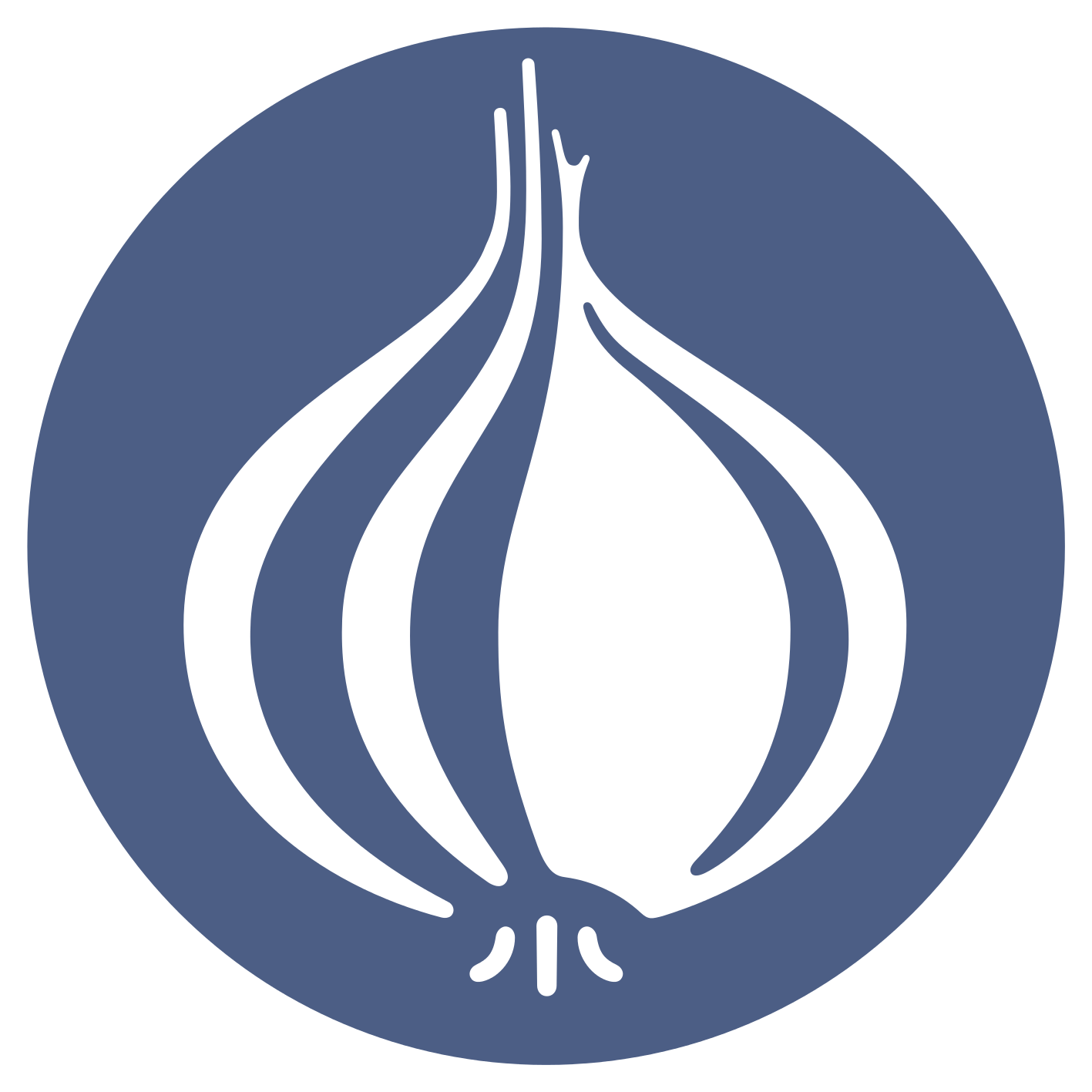Perl release cycle

Introduction to the Perl Language Release Cycle
History of the Perl Release Cycle
The Perl language was first released in 1987 by Larry Wall. Since then, it has undergone several major versions. Each version of Perl contains new features and improved performance. As such, it is important that the language continuously evolves and keeps up with the needs of its users. To ensure this, the Perl language follows a distinct system of releases and maintenance.
To begin with, each version of Perl is maintained for a specific amount of time. For example, Perl 5.14 was released in 2012 and is still supported today. In addition to this, every Perl version is assigned a maintenance period, during which it receives bug fixes and security patches. This period generally lasts until the next version of Perl is released.
Types of Releases
The Perl language has two different types of releases: stable and development. The stable releases are the most widely used versions of Perl and receive full support from the language’s community. These versions are often used in production environments and contain the latest features and bug fixes.
On the other hand, development releases are the versions of Perl that are currently being worked on. They are meant for users who want to use the latest features of the language ahead of the next stable release. As such, these versions may not be as stable and should not be used in production environments.
Release Process
The process for releasing a new version of Perl is complex, but can be broken down into a few steps. First, the development team will determine whether the necessary changes warrant a new version of the language. If so, the team will then create a feature list for the new version and prepare the code for release. After the code has been tested and reviewed, the team will then package and release the version to the public. Following this, the language’s maintainers will continue to provide support and bug fixes for the version until it is no longer maintained.
Benefits of the Release Cycle
The benefits of using the Perl language release cycle are numerous. First, it ensures that the language continues to evolve and stay up to date with its users’ needs. It also allows developers to easily transition to the latest version of the language without any disruption. Additionally, it helps to ensure that the language remains secure and bug-free. Finally, the release cycle provides a consistent schedule for maintaining the language, allowing its maintainers to focus their efforts on providing the best experience for its users.
Conclusion
The Perl language release cycle is an important part of how the language is maintained and developed. It ensures that the language is always up to date and secure, while also providing developers with the latest features. The release process is complex, but ultimately provides a number of benefits for both developers and maintainers. Understanding the history, types, and process of the Perl language release cycle is an essential part of being a successful Perl user.